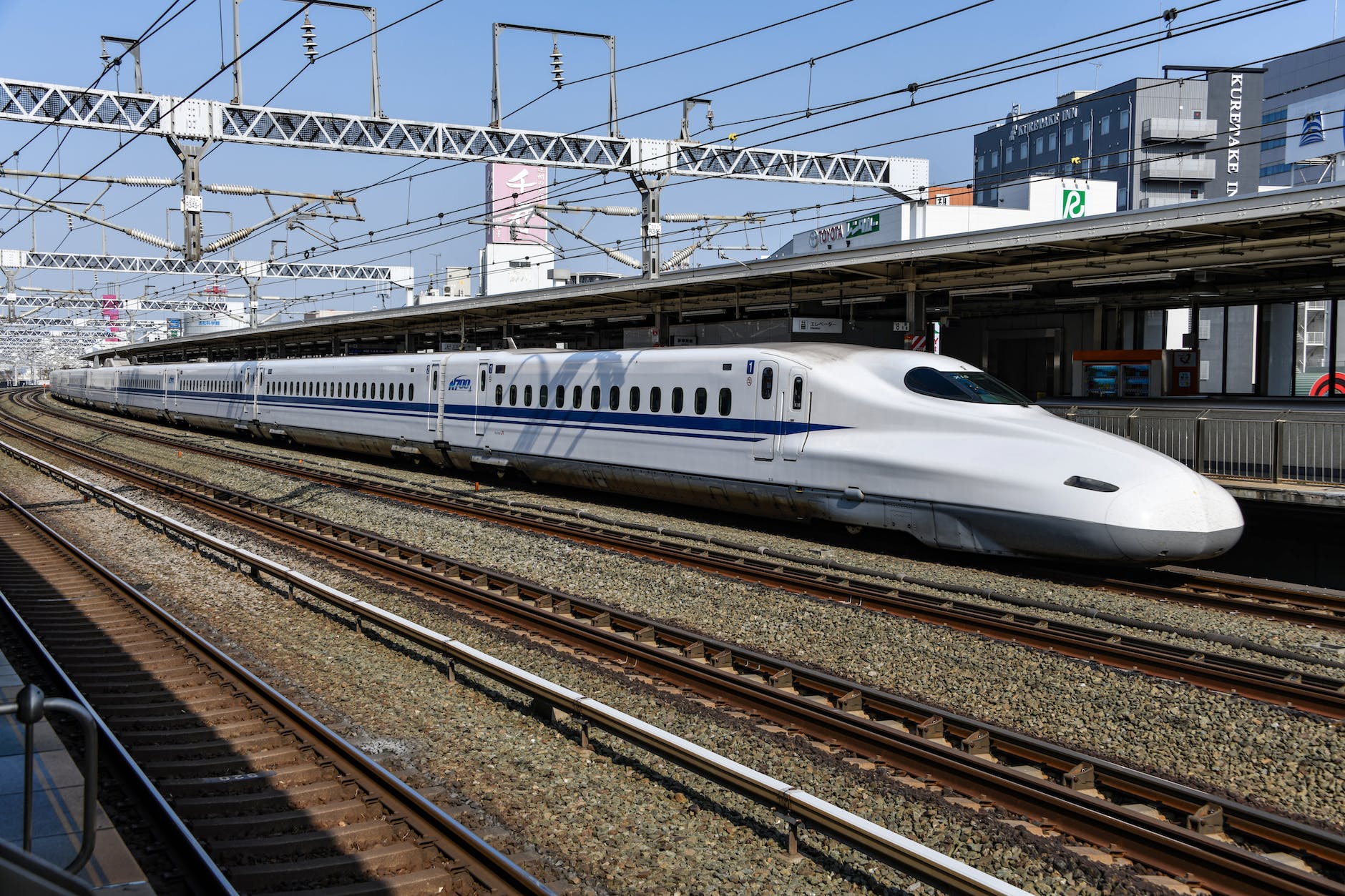
A group of Silicon Valley investors aiming to build a new city in California has collected enough support from residents to place a key zoning-change measure on the upcoming ballot.
The campaign said Tuesday it has surpassed the required 13,000 signatures, gathering the endorsement of more than 20,000 residents of Solano County, a largely agricultural community located northeast of San Francisco. The initiative, if approved by voters in the county, would pave the way from construction to begin by overturning restrictive zoning laws from the 1980s that limit development outside existing cities…
Completing the project in the region between the San Francisco Bay Area and Sacramento could take as long as 50 years.
Building a new community is a sizable project. Is 50 years a normal time frame or longer or short than what we might expect? A few thoughts:
- The United States has a history of fast-growing communities. A city like Chicago grew from over 4,000 residents in 1840 to nearly 1.7 million people in 1890. That is fast growth. Or think of boom towns in the West. Or suburbs that in the postwar era that gained tens of thousands of residents in short periods of time. Most communities do not grow as quickly.
- Plenty of news stories and opinion pieces in recent years have weighed in on development processes in California. If it takes longer to build in general in California, then 50 years might be longer than expected in the United States.
- Going from few residents to 50,000 residents in a few decades is an accomplishment. But the size of the community at its buildout would not even put it in the top 100 cities in California by population.
- What are the expected growth rates at different points in those 50 years? How many years from now until the first residents move in? When does the development truly pick up steam?









